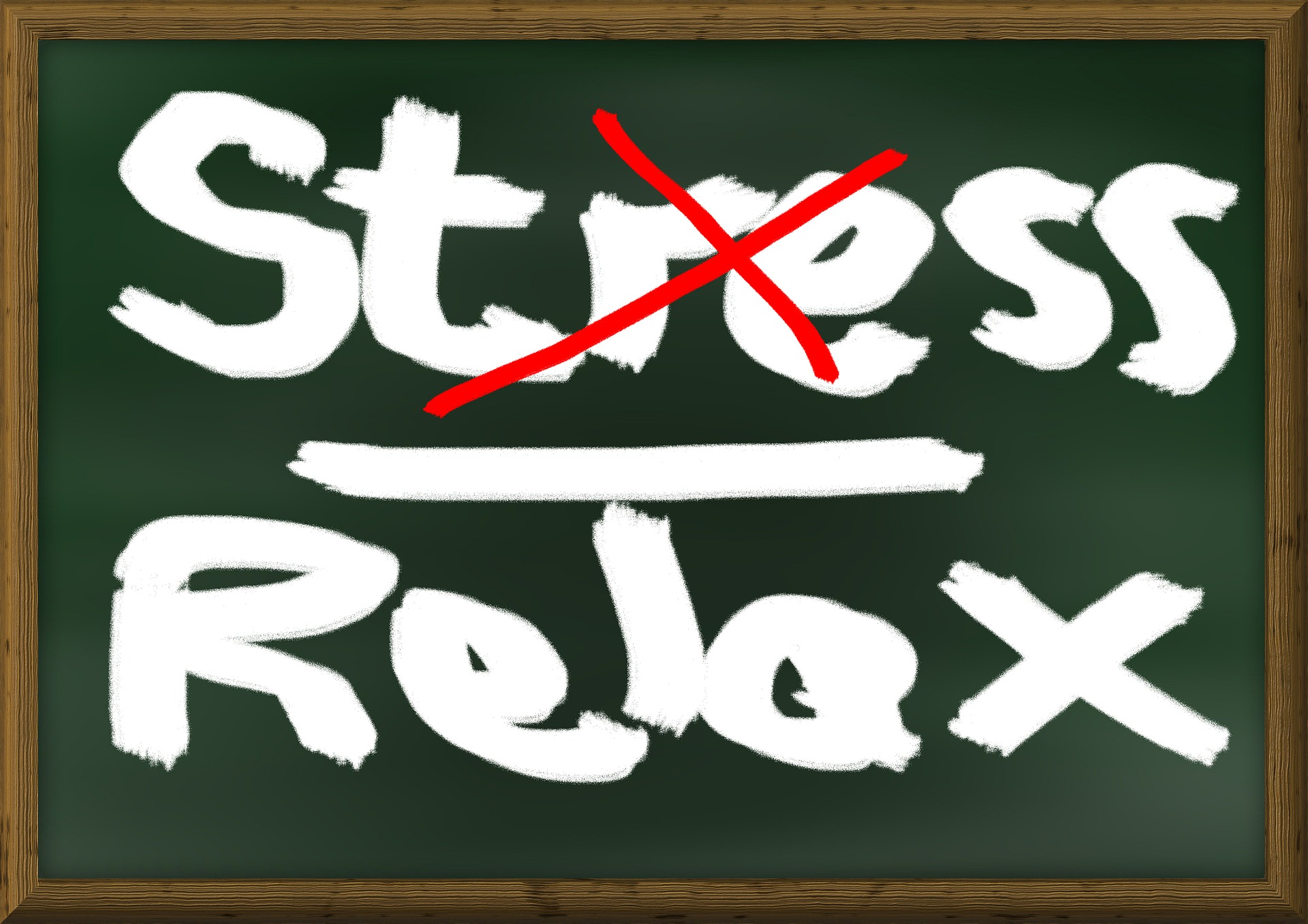Whether at work or in our private lives, more and more people are suffering from stress. And in the long run, this can put a psychological strain on us and hurt our health. The tips from our expert Angela Homfeldt will help you integrate more mindfulness into your everyday life and reduce stress. You don’t need any previous experience with simple exercises – for some, a quiet place. But you can also do some activities in the car or while walking.
Mindfulness: We perceive ourselves in the here and now without judging
What exactly do we mean by mindfulness? “It’s about noticing yourself and the environment, observing without making an evaluation,” explains serenity trainer Angela Homfeldt from Essen. “It’s a kind of brain workout. I train my thoughts like I train a muscle, so they come to rest. Like talking to yourself, but without expecting anything.” The goal: to slow down, focus on the now, and be ultimate with yourself.
Just five to ten minutes a day will show an effect after a few weeks, the expert encourages. “For beginners, it’s first about how my body feels. That’s already meditation for me.” But she also observes that this is precisely what is often difficult at first – especially in a society where everything is getting faster and louder. “Many people who come to me always have to be doing something. Their body is only in sympathetic mode, in alarm mode. Their paraympathicus, the so-called rest nerve, is no longer exercised.”
The consequences for body and soul can be fatal: tension, back pain, migraines, high blood pressure, inner restlessness, and sleep disorders – all symptoms of stress, according to the expert. “There are quite a few studies that prove that the immune system is weakened and no longer has the strength to build itself up if you are regularly stressed,” reports Angela Homfeldt. “That can lead to serious secondary diseases – burnout, depression, severe courses of infectious diseases, and even cancer.”
Mindfulness training for beginners – you don’t have to bring anything.
“We have 50-60 thoughts a minute, shortly before burnout that goes up to 80,” explains the mindfulness trainer. So it’s all the more important to get off the thought carousel for at least a few minutes a day to feel your body again and be in the here and now. You can bet that Angela Homfeldt’s exercises include one that appeals to you.
- conscious breathing – not a matter of course
For beginners, it’s about training our brains to observe. You can do that with breathing,” recommends Angela Homfeldt. You don’t need a meditation cushion; you can also sit in bed or on the edge of the bed with your eyes closed. Advanced practitioners do it on their lunch break or a park bench. Place your hand on your belly and feel yourself absorbing the air and letting it flow. Does your abdominal wall bulge outward and inward as you exhale? That would be ideal. Sounds too mundane to you? The expert knows: “Many candidates pull in the abdominal wall when inhaling; there’s already no room. Some don’t seem to have time to breathe into the belly, so it only goes up to the chest.” You’ll find it’s not easy to think of anything, such as still having to take the dog out or go shopping. And if it does happen to you? Realize it internally, and don’t judge it. And then keep breathing. And if your toe suddenly cramps, that’s perfectly normal, according to the expert. “After all, our body is not used to doing nothing. However, please resist the urge to move. - Gratitude exercise – good vibrations give strength for the day
In the morning, on the edge of your bed with your eyes closed, think of three things you are grateful for in your life – ideally three different things every day: Can you think of a beautiful encounter? Did a song put you in a good mood, or did you receive joyful news? Or have you ever done something good for someone? Maybe you just found something comforting or felt proud of yourself. See. Of course, you can do this exercise when you go to bed, but Angela Homfeldt recommends it for a start to the day: “It gives me a sense of calm when someone cuts me off, or the boss is in a bad mood in the morning. It’s like a little protective shell I build up for the new day.” - Enjoy consciously – feast longer, eat less
- How often do we gobble down our food at the computer or in a rush before the next appointment in the cafeteria? Yet eating is an experience that strengthens the body and activates all the senses – if we take the time. Start with breakfast – in general: eat breakfast! Keep your cell phone, radio and television off. Do you have an appetite, or are you hungry? Or do you eat out of frustration or nervousness? What food makes you feel like eating? Does your body feel good? Be aware of the goodies on your plate: look, feel, smell, and taste – the colors, the textures, and the scents. Chew slowly and thoroughly – this will also help you digest the food better and fill you up faster – the first step to a balanced body weight.
- Walking – more than putting one foot in front of the other. Walking meditation is perfect for people who are not so good at sitting still. Feel how your heel touches the ground, how you roll. Can you feel the ground beneath your feet, muscles, and joints? Can you bring breathing and movement into a steady rhythm? Take a step on the inhale and another step on each exhale. How does this affect your speed and posture? Don’t judge; notice. “This makes me fully present and automatically walk slower, which is quite difficult for many,” trainer Angela Homfeldt knows from experience. Plan a little more time than usual for your walk, so you don’t have to rush.
- Drive consciously instead of on autopilot – Hand on heart: how many times have you gotten out of a car somewhere and not known how you got there? Not only on buses and trains but also in our vehicles, we often switch to autopilot. This is dangerous and shows that we are often not mentally present. Yes, but isn’t driving stressful per se? Mindfulness coach Angela Homfeldt recommends a little car meditation:
“Turn off all sources of distraction: Cell phone with hands-free equipment, radio, music. And then observe your breathing at the traffic lights. When driving, concentrate only on the traffic. Don’t overtake; drive only in the right lane – not so easy! But we arrive at work completely different.” As you can see, mindfulness is not that difficult to integrate into everyday life!
- source: rtl.de/picture: Bild von Gerd Altmann auf Pixabay
This post has already been read 1288 times!



